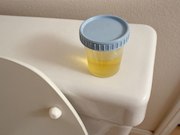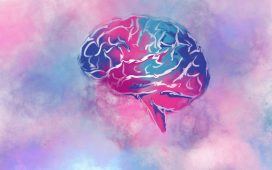In both genders, age-dependent increases in levels of 8-oxodGsn and 8-oxoGsn from age 21-30 to 81-90
WEDNESDAY, Feb. 28, 2018 (HealthDay News) — 8-oxo-7, 8-dihydroguanosine (8-oxoGsn) is a promising biomarker for physiologic age, corresponding more closely with age than 8-oxo-7,8-dihydro-2′-deoxyguanosine (8-oxodGsn), according to a study published online Feb. 27 in Frontiers in Aging Neuroscience.
For their study, Wei Gan, from Sichuan University in Chengdu, China, and colleagues randomly selected 1,228 healthy Chinese residents age 2 to 90 years. Spot urine samples were obtained and 8-oxodGsn and 8-oxoGsn concentrations were measured.
The researchers found that for both analytes, the calibration curve was linear in the range of 0.2 to 500 ng/mL. The lowest limit of quantification was 0.2 and 0.1 ng/mL for 8-oxodGsn and 8-oxoGsn, respectively. In both genders, there were age-dependent increases in the biomarkers from the 21- to 30-year-old group to the 81- to 90-year-old group. The levels of 8-oxodGsn and 8-oxoGsn in urine were much higher in females than males among those aged older than 61 years of age. Compared with 8-oxodGsn, the content of 8-oxoGsn correlated more closely with age and was higher for a given individual.
“Urinary 8-oxoGsn may be a potential biomarker to determine a person’s physiologic age and identify individuals at high risk of developing age-associated disease,” the authors write.
Copyright © 2018 HealthDay. All rights reserved.








